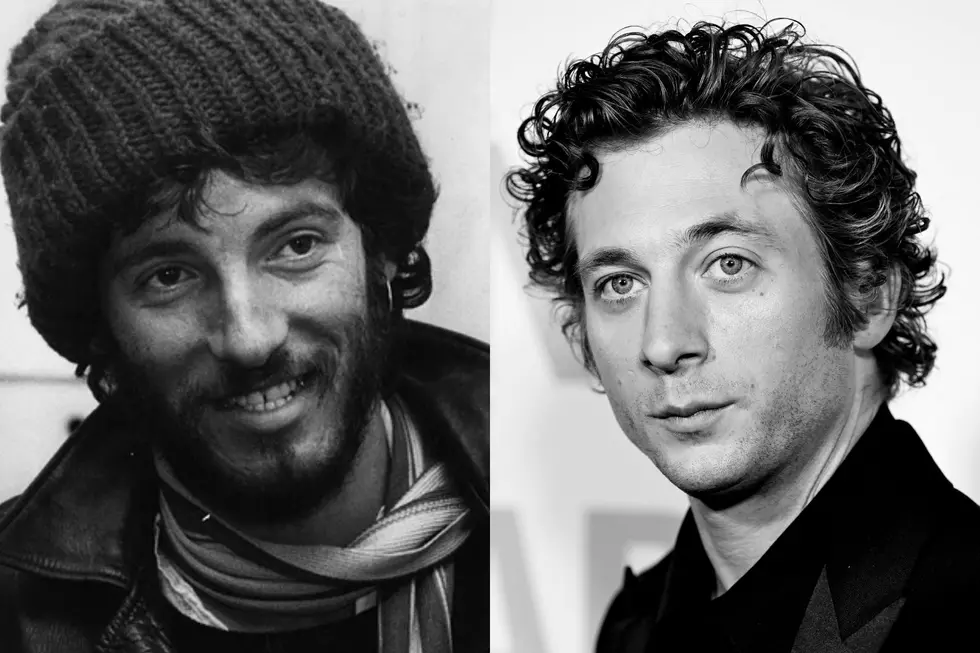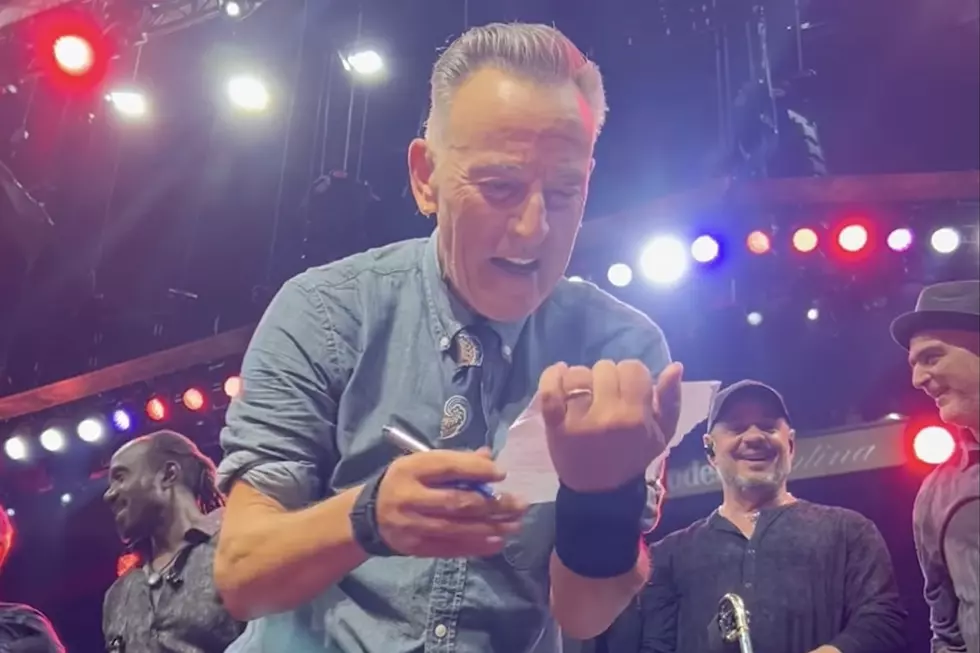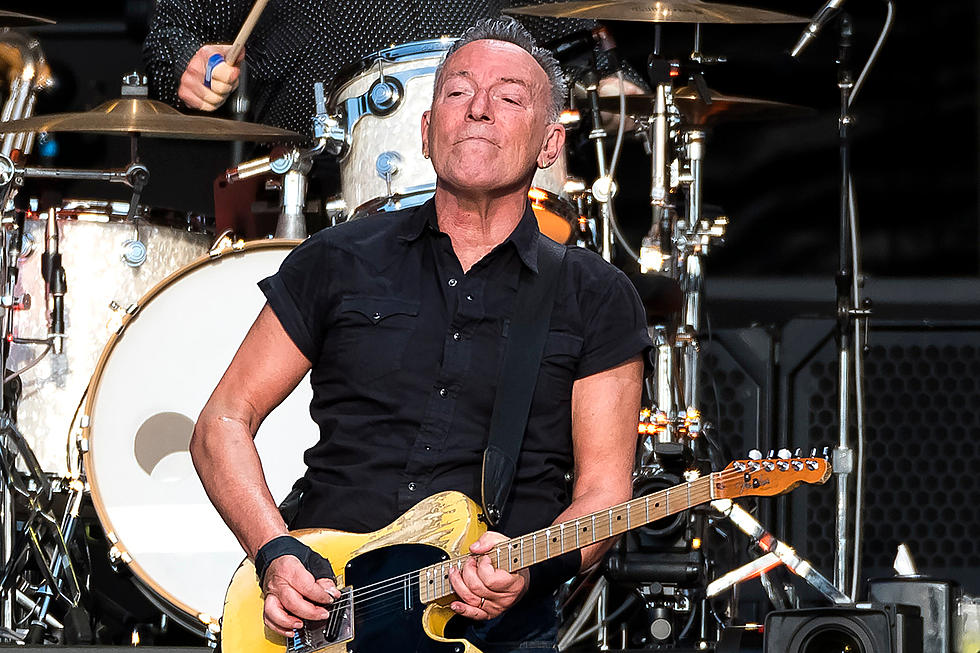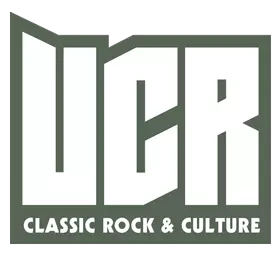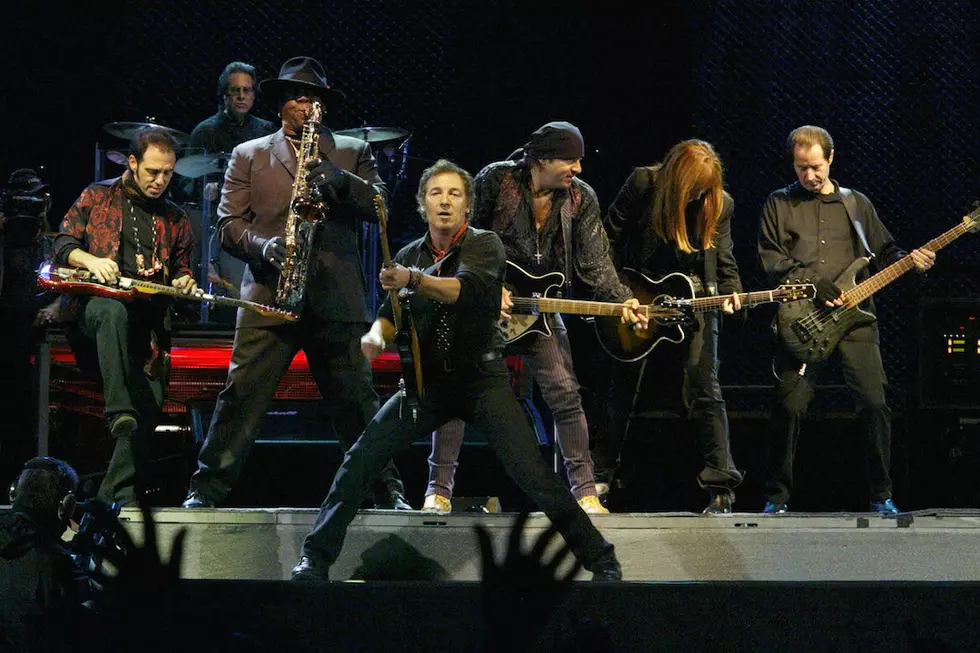
Inside Bruce Springsteen’s ’90s-Era E Street Band Estrangement
Given how much they had been mythologized in songs like "Tenth Avenue Freeze-Out" and "No Surrender," it seemed that Bruce Springsteen would never part ways with the E Street Band. However, on Oct. 18, 1989, that's exactly what he did.
A month earlier, they had all gotten together to celebrate his 40th birthday at a Jersey Shore bar, with the night ending, naturally, with a jam session. But as much fun as that evening was, it couldn't hide the fact that there had been internal problems for a while. He had used the band sparingly on his previous album, Tunnel of Love, and many longtime fans had thought that its ensuing tour had lacked the spark that had made his concerts legendary.
"I think we got into a rut in our relationships," Springsteen told Peter Ames Carlin in Bruce. "I needed to take a break, do some other things, probably play with some other musicians, which I hadn't done in a long time. ... I just didn't know where to take the band next. It seemed like we'd reached an apex of what were were trying to do and say."
Given that his association with some members extended back to the late '60s, it made no small degree of sense. Spending time observing Sting and Peter Gabriel, both of whom had left successful bands, on the Human Rights Now! tour in the fall of 1988 showed him the possibility of using other musicians to explore new creative paths.
He called them up one-by-one and broke the news. In his memoir Big Man, Clarence Clemons wrote that he and Nils Lofgren were in Japan with Ringo Starr in the first incarnation of the All-Starr Band when the call came. Fortunately, Starr knew a thing or two about moving on from a world famous group and was able to provide emotional support.
Even though Bruce Springsteen was going to look in other directions, he made it clear that the split wasn't permanent, only indefinite. "He never said he was breaking up the band," bassist Garry Tallent told Carlin. "He was like, 'Just so you know, for the next little while I'll be doing some other things, and you're free to do other things.' It was a courtesy call to let you know you were free to go down any pathways you found appealing."
Springsteen also didn't make a clean break from E Street. For Human Touch and Lucky Town, which were released on the same day in 1992, keyboardist Roy Bittan and backup singer Patti Scialfa, whom Springsteen married in 1990, appeared and were featured on the tour. Bittan also co-produced Human Touch and co-wrote two of its songs.
He reconvened the E Street Band in early 1995 to record some new tracks for a compilation, even bringing Steven Van Zandt, whom Lofgren replaced in 1984, back into the fold. While the documentary Blood Brothers shows those sessions to be all smiles, it whitewashed over the tension in the studio. Shortly thereafter, Scialfa, Tallent and keyboardist Danny Federici contributed to The Ghost of Tom Joad, and later that year the whole band performed at the opening of the Rock and Roll Hall of Fame in Cleveland, which was deemed by all to be an uncomfortable gig.
In the fall of 1998, 10 years after the end of the Human Rights Now! tour, they began discussing a full-scale reunion, which began in the spring of 1999, shortly after Springsteen was inducted into the Rock and Roll Hall of Fame.
Bruce Springsteen Albums Ranked
More From Ultimate Classic Rock
